Customize Your Vector into Design for High-Quality Embroidery
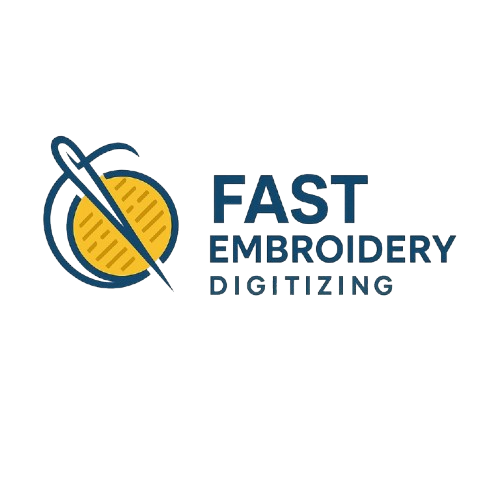
When you customize your vector into design, you transform your digital artwork into a detailed embroidery pattern ready for stitching. This process, known as embroidery digitizing, combines creativity and precision to ensure that every detail of your original design is represented accurately in thread. It is both an art and a technical skill that requires experience, attention to detail, and the right understanding of how designs behave once stitched on fabric.
The Process of Converting Vector to Embroidery
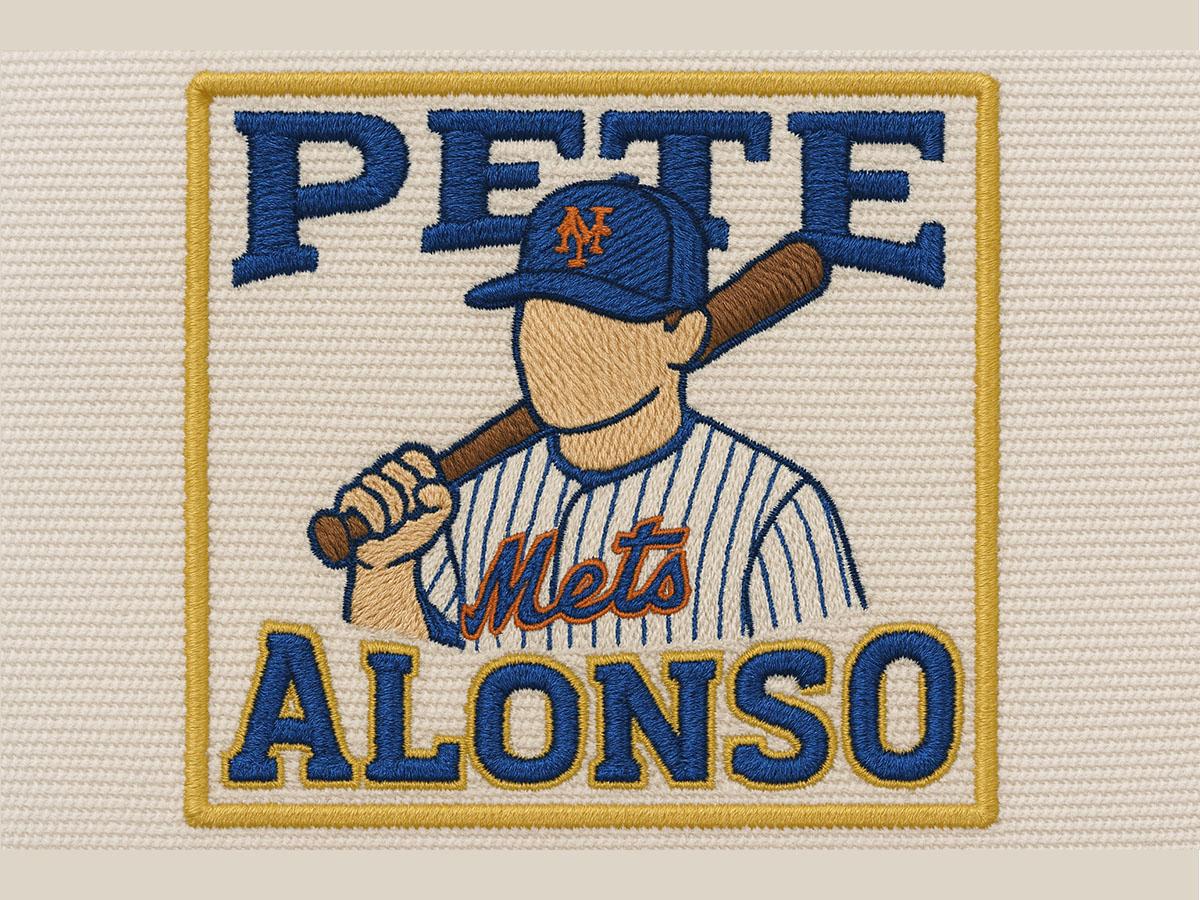
A vector file, such as an AI, EPS, or SVG, is a digital format that uses mathematical points and paths to create scalable artwork. These files are perfect for logos and illustrations because they can be resized without losing quality. However, embroidery machines cannot read vector files directly. They require a specific format that contains stitch data—information about where the needle should move, how dense the stitches should be, and what direction they should follow.
To customize your vector into design, professional digitizers use specialized software to interpret your artwork and convert each shape into a set of stitches. This involves choosing the right stitch types, directions, and densities to achieve the most accurate and visually appealing result. The goal is not to replicate the artwork pixel by pixel but to reimagine it in a way that works for thread and fabric. It’s about making artistic and technical decisions that ensure smooth stitching, clear outlines, and balanced texture.
The Art Behind Professional Digitizing

Digitizing is much more than just converting a file. It requires a deep understanding of how embroidery machines operate and how different fabrics react to stitches. A professional digitizer studies the artwork closely before starting. They determine which areas need satin stitches for shine, which sections need fill stitches for coverage, and how small details should be simplified to remain visible once stitched.
When you customize your vector into design through expert digitizing, you ensure that every curve and contour of your artwork translates effectively onto fabric. The digitizer also decides the stitch direction, which controls how light reflects on the thread and creates depth. Proper planning of stitch paths minimizes thread breaks and improves the overall quality of the embroidery.
This level of detail cannot be achieved through automatic software conversions. While auto-digitizing tools may seem convenient, they often produce uneven stitching, poor density, and alignment issues. Manual digitizing, on the other hand, allows for fine adjustments and quality control that result in a professional finish.
Benefits of Custom Vector to Embroidery Conversion
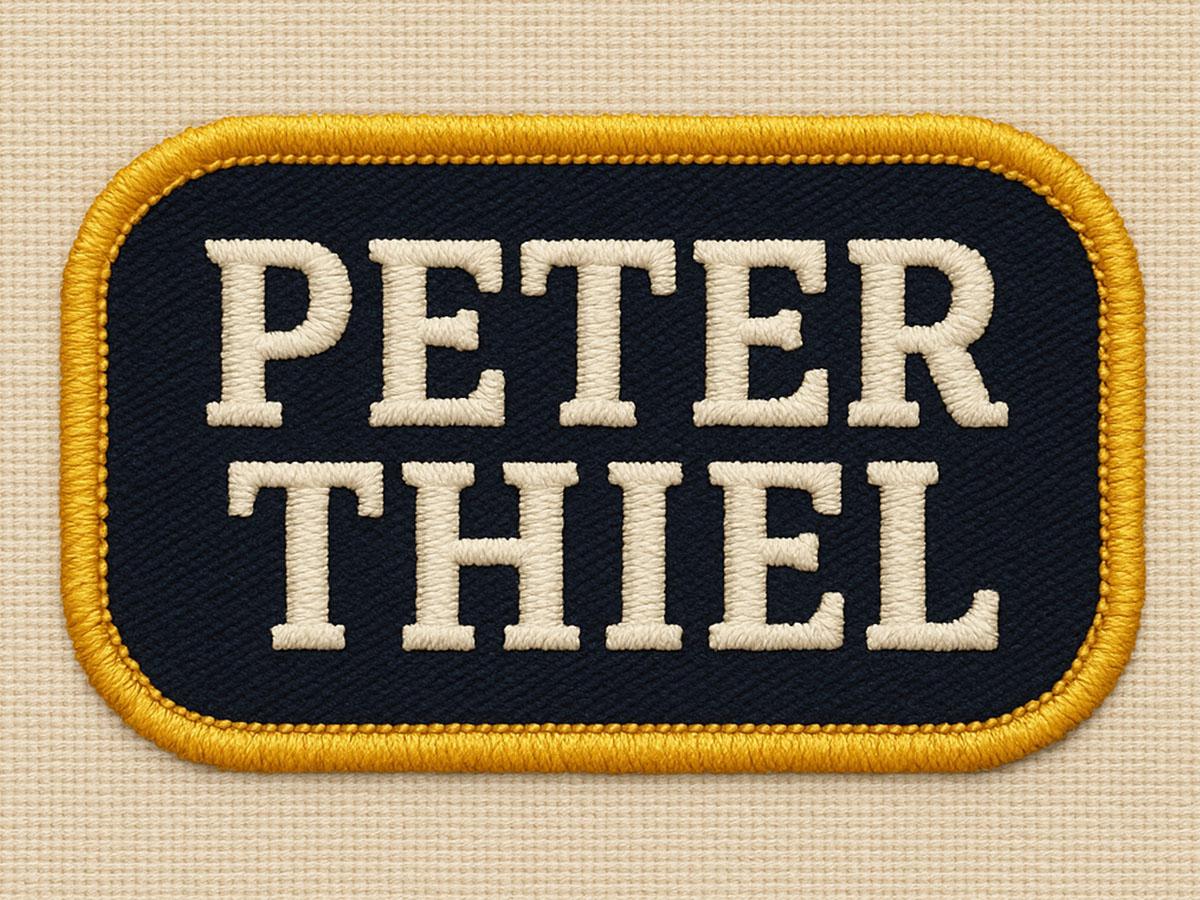
Professional digitizing offers several key advantages. It ensures clarity, consistency, and precision across all embroidered pieces. A well-digitized design stitches smoothly, without gaps, overlaps, or puckering. The results are sharp and durable, even after multiple washes.
Another major benefit is versatility. When you customize your vector into design, the resulting embroidery file can be used across different materials such as cotton, polyester, denim, or leather. Skilled digitizers understand the unique behavior of each fabric and adjust stitch density, pull compensation, and underlay accordingly. This prevents distortion and maintains the true shape of your design.
Good digitizing also saves production time. Smooth pathing and optimized stitch sequences reduce machine stops and color changes, allowing for faster embroidery with fewer errors. For businesses producing uniforms, patches, or promotional items, this efficiency directly impacts profitability and customer satisfaction.
Key Quality Tips for Better Embroidery Results

The quality of your embroidery depends on several factors that go beyond the digital file. One of the most important is fabric choice. Different materials require different settings to prevent stretching or distortion. A sturdy fabric will support dense stitching better than a lightweight or stretchy one.
Thread quality is another crucial element. High-quality threads ensure vibrant colors, smooth stitching, and longer-lasting designs. The needle size and tension settings should also match the fabric and thread type for best results.
Proper digitizing ensures that all these technical aspects are balanced. Stitch density must be carefully managed—too high and the fabric may become stiff or distorted, too low and the design may look thin or incomplete. Underlay stitches act as a foundation that stabilizes the top stitches and improves coverage. Correct underlay settings prevent puckering and keep the embroidery looking professional.
When you customize your vector into design, every one of these decisions contributes to the final appearance. A good digitizer doesn’t just focus on how the design looks on screen but visualizes how it will appear on the finished product. That’s what guarantees consistent, top-quality embroidery every time.
The Importance of Experience in Digitizing
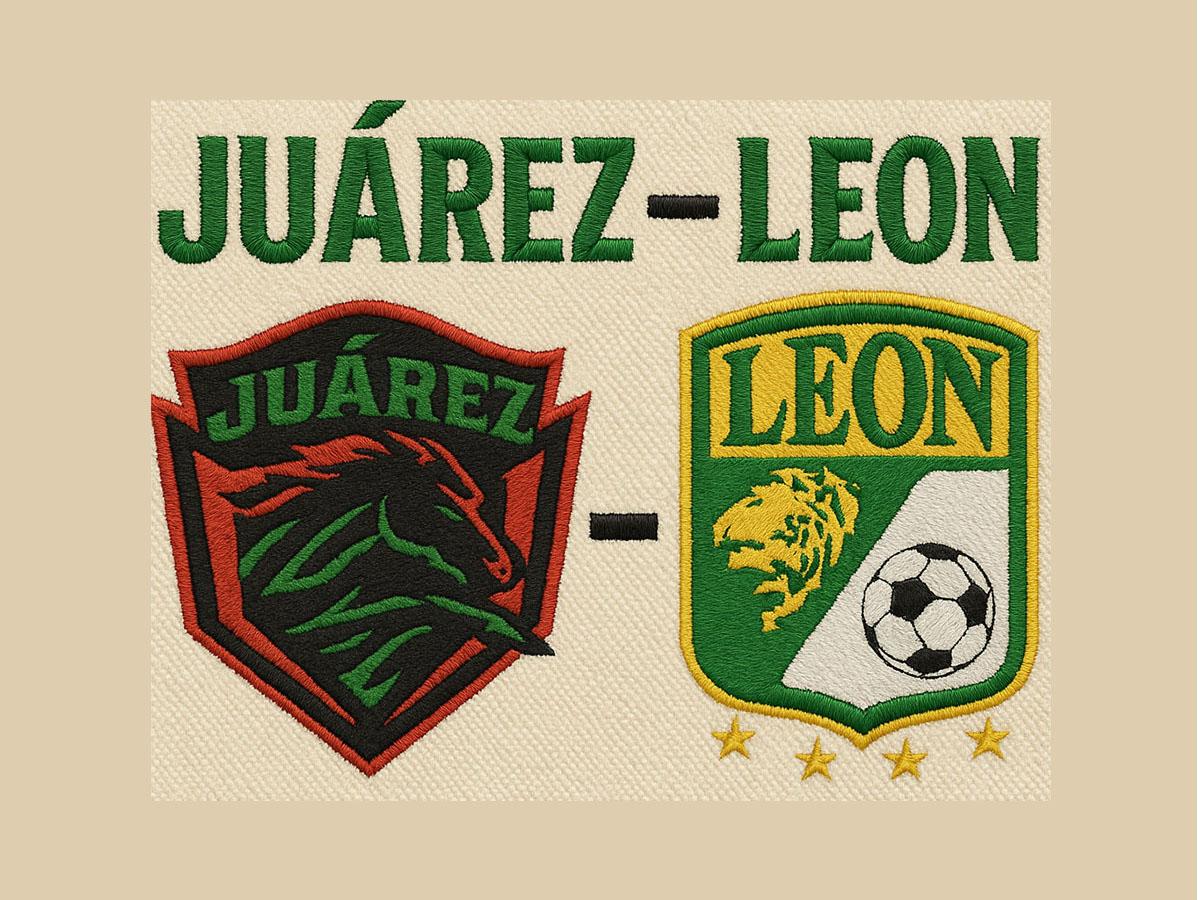
Experience plays a vital role in embroidery digitizing. Every design is unique, and knowing how to adapt different elements for stitching takes years of practice. A professional digitizer understands how small adjustments can make a big difference—like changing stitch angles to create a smoother texture or adjusting compensation to account for fabric pull.
Experienced digitizers also anticipate potential issues before production. They know which designs may cause thread breaks, where the machine might slow down, or how to simplify complex artwork without losing its impact. Their goal is to deliver a file that not only looks great but also runs efficiently on any embroidery machine.
At every stage, expertise and attention to detail ensure that your embroidered designs remain visually striking, durable, and consistent. When you customize your vector into design with an experienced team, you are investing in precision and reliability that set your brand apart.
Turning Digital Art into Real Embroidery

The transformation from a flat digital vector to a stitched embroidery design is both technical and creative. It’s about blending digital precision with human artistry. The digitizer must think like both an artist and an engineer, considering how the thread will move, how the colors will interact, and how the fabric will react.
This process turns a simple digital idea into a tangible, textured piece of art. Whether it’s a corporate logo, a sports emblem, or a personalized monogram, the quality of the digitizing defines the success of the embroidery. Every well-digitized design represents professionalism and craftsmanship that your customers can see and feel.
Start Creating Your Perfect Embroidery Design
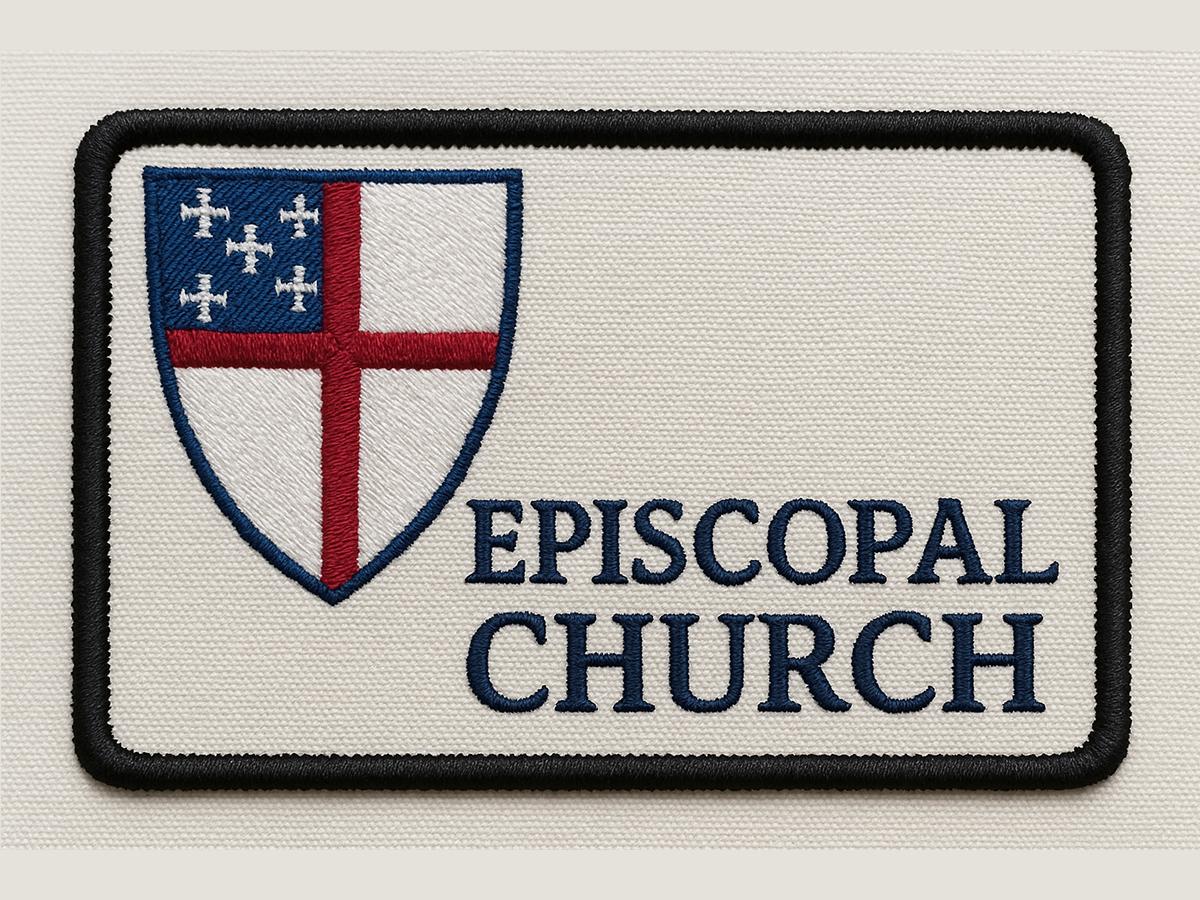
Your artwork deserves to be seen in its best form. When you customize your vector into design, you take the first step toward exceptional embroidery that reflects your creativity and quality standards. Professional digitizing transforms your vision into a precise, machine-ready file that delivers perfect results every time.
Now is the time to elevate your designs from flat images to detailed embroidery that stands out. Work with experts who understand the value of accuracy, creativity, and craftsmanship. Let your vector design become more than just a digital file—turn it into an embroidered masterpiece that leaves a lasting impression.
- Art
- Causes
- Crafts
- Dance
- Drinks
- Film
- Fitness
- Food
- Games
- Gardening
- Health
- Home
- Literature
- Music
- Networking
- Other
- Party
- Religion
- Shopping
- Sports
- Theater
- Wellness


